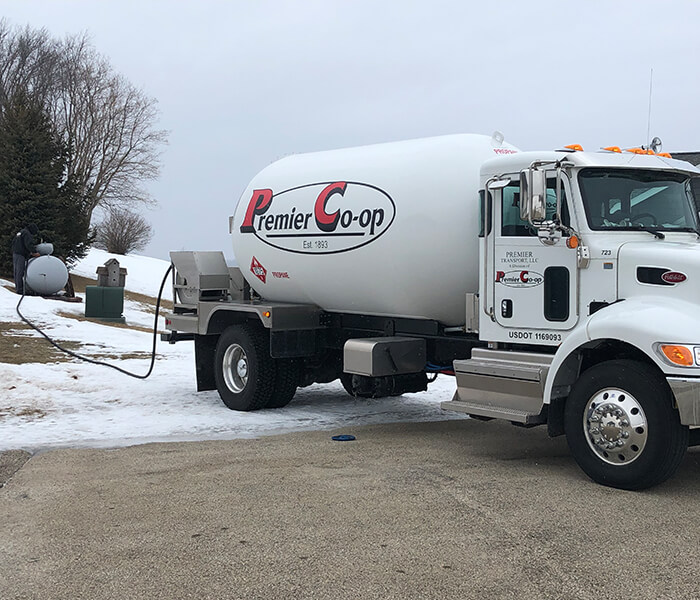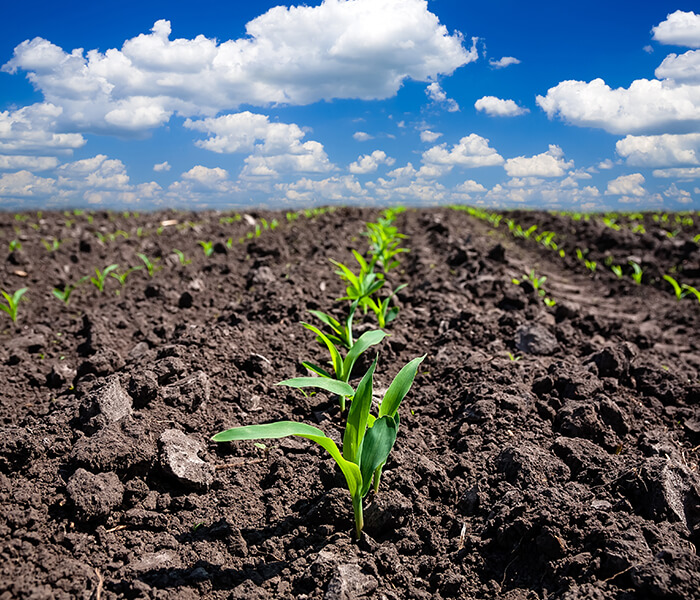Premier Co-op

May Energy News
If you are among the 11 members of my audience (including my mom) who read my newsletter last month, you’ll recall that I was being a little braggy about getting caught in a snows...

In today’s world of lower commodity prices and tighter ROI for profits, growers are sharpening their strategies for crop inputs. Herbicides are an area that continues to receive scrutiny. So why should residual herbicides remain at current rates or even be increased in the future?
Start clean and use full labeled rates of preemergence residual herbicides in a 2-pass program. Residual activity pertains to the duration during which an herbicide remains biologically effective in the soil, effectively targeting and eliminating specific weeds. Several factors influence the duration of residual control:
The physical properties of the herbicide, particularly in a premix, must complement each other to ensure season-long control.
The rate structure plays a crucial role in residual control: Using the full rate of the herbicide extends its activity compared to foundation rates, reducing the likelihood of resistance development
Use two or more effective active ingredients from different sites of action (SOA) in the residual program. Relying solely on a single SOA or using premix products with only one effective SOA against the target weed remains a troubling trend in recent years. The persistent use of products featuring a single effective SOA or those with limited SOAs will inevitably lead to the selection of resistant species.
Tank mix effective postemergence chemistries as needed within overlapping residual applications. Overlapping residuals “builds a wall” to prevent weeds from emerging. Herbicides are more effective killing a seed than killing the weed after the seed germinates.
When tank mixes employing an average of 2.5 SOA were used, resistance was 83 times less likely compared to an average of 1.5 SOA.
When an average of 3 SOA was used, resistance development was 51 times less likely than using 2 SOA.
Spray emerged weeds 2 inches or less in height with an effective foliar herbicide. Extended weed growth duration complicates control efforts. Employing full labeled rates early on maintains field cleanliness for a longer period, resulting in smaller weeds for post-emergence treatment. Smaller weeds translate to fewer growing points (axillary buds) to eliminate, increasing the efficacy of weed control measures.
Maximize cultural and mechanical controls to add a non-chemical mode of action and reduce weed seed production, like tillage, crop rotation or cover crops. Reducing investments in weed management is an area best avoided due to its potential to limit yields:
Weeds that emerge and grow alongside crops can lead to irreversible yield losses, as demonstrated by research from various Land Grant Universities.
Early season weed competition can significantly impact field profitability by consuming vital resources such as water, nutrients, and sunlight, which are intended for the crop.
As a general guideline, allowing weeds to compete with the crop up to the V8 stage may result in a sacrifice of approximately 5% of the final yield. For instance, in a field of 200 bushels per acre corn, this equates to a loss of 10 bushels per acre, amounting to $45.00 per acre at a conservative estimate of $4.50 per bushel. However, the actual impact can vary depending on factors such as the type of weed species and its density in the field.
A sound weed management strategy involves utilizing a full rate of a soil-applied herbicide with effective SOAs, ensuring both effective weed control and the best ROI. Remember...control the seed, not the weed.
May Crop Production Tips
Update field maps to agronomy center
Plant timely and accurately
Pop-up starter fertilizer applications with Ascend and Zinc
Nitrogen treatments to minimize loss to volatilization, leaching and denitrification – Instinct NXT and Anvol
Soybean seed treatment
Control weeds early with foundation treatments for bean preplant and full rate corn herbicides
1st cutting alfalfa fertilization
Fungicide treatments on alfalfa
V5 corn fungicide treatments
NutriSolutions tissue testing programs
Scout early and often. Planting populations and emergence, weeds and insects
